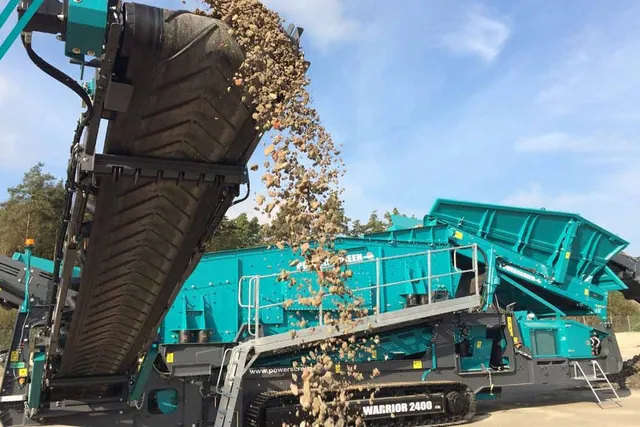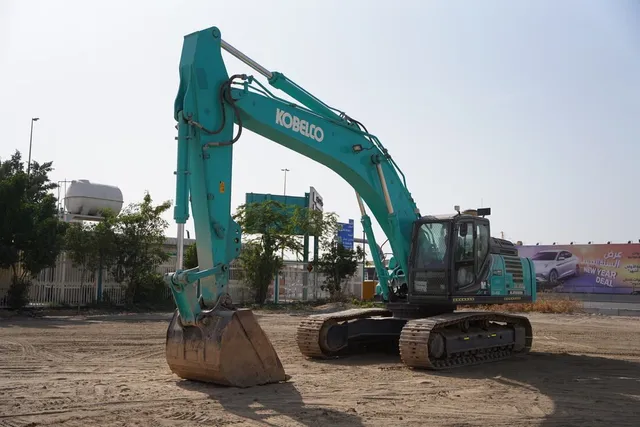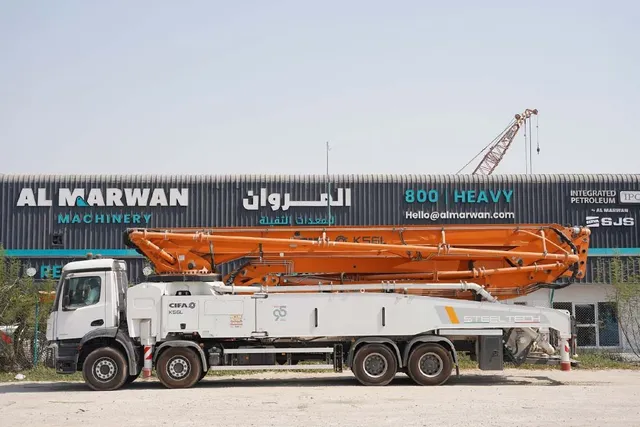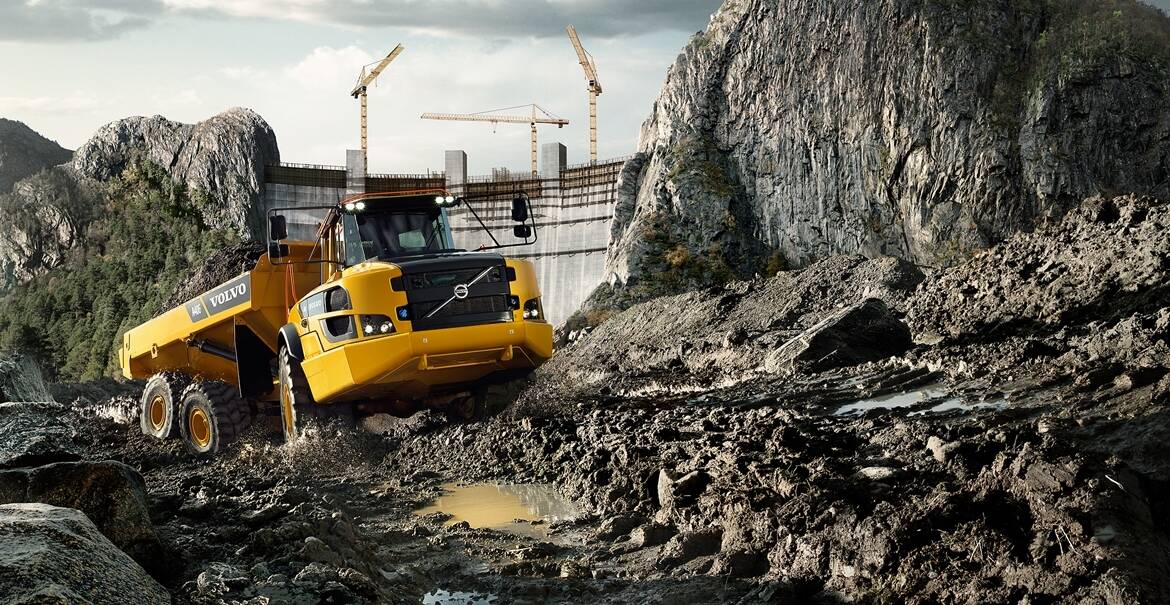Key Considerations When You Decide to Buy Millers for Your Construction Projects
In the world of construction, efficiency and precision are paramount. One piece of equipment that plays a crucial role in achieving these goals is the miller. Also known as a cold planer or milling machine, a miller is designed to remove surface layers of asphalt, concrete, or other materials. This article explores the importance of millers in construction and highlights some notable models available in the market.
Understanding the Miller
A miller is a specialized machine used for road maintenance, construction, and rehabilitation projects. It works by grinding away the top layer of a paved surface, allowing for repairs, resurfacing, or complete removal of the existing material. Millers come in various types, including wheeled and tracked models, each suited for specific applications and terrains.
How Millers Work
Millers are equipped with sharp, rotating drum cutters that grind the pavement. As the machine moves forward, the drum mills the surface, and the processed material is collected through a conveyor system. This allows for efficient removal and transport of the milled material, which can often be recycled for future use. The depth of milling can be adjusted based on project requirements, making these machines versatile for different tasks.
Importance of Millers in Construction
1. Surface Preparation
One of the primary functions of a miller is surface preparation. Before laying new asphalt or concrete, it is essential to ensure that the existing surface is adequately prepared. Millers effectively remove any damaged or uneven layers, creating a smooth base for new materials. This preparation is crucial for the longevity and durability of the new surface.
2. Cost-Effective Solutions
Using a miller can significantly reduce costs associated with road repair and construction. By milling the existing surface, contractors can reuse the milled material, reducing the need for new materials and lowering disposal costs. This recycling process not only saves money but also contributes to sustainable construction practices.
3. Precision and Quality
Millers offer a high degree of precision, ensuring that the milling depth is consistent across the surface. This precision is vital for creating a level base, which is essential for proper drainage and longevity of the new pavement. The ability to adjust milling depths allows contractors to tailor their approach to specific project needs, ensuring high-quality results.
4. Improved Safety
Milling can enhance safety on construction sites. By removing surface irregularities, such as potholes and cracks, millers help create smoother, safer roadways. Additionally, the milling process minimizes the need for extensive repairs, reducing the time equipment and workers are on-site, which decreases the risk of accidents.
5. Versatile Applications
Millers are not limited to road construction; they can also be used in various applications, including airport runways, parking lots, and industrial sites. Their versatility makes them invaluable tools for contractors looking to handle a range of projects efficiently.
Notable Miller Models
When considering a miller for your construction projects, it's essential to evaluate the available options. Here are a few noteworthy models:
1. Sakai ER550F Wheeled Miller
The Sakai ER550F is a reliable wheeled miller known for its efficiency and performance. This model is designed for easy maneuverability, making it suitable for various job sites. Its robust construction ensures durability, while the precision milling capabilities allow for high-quality surface preparation.
2. CMI Terex PR800-7 Miller
The CMI Terex PR800-7 is another excellent option, featuring advanced technology for efficient milling operations. This model provides exceptional cutting power and depth control, making it ideal for larger projects. Its ability to handle diverse materials enhances its versatility.
3. Wirtgen 2100DC Cold Miller
The Wirtgen 2100DC is a well-regarded cold miller known for its high performance and reliability. This machine is suitable for extensive milling operations, offering precise depth adjustments and effective material collection. Its advanced technology contributes to improved efficiency and reduced operational costs.
Millers are indispensable in the construction industry, offering solutions for surface preparation, cost savings, and enhanced safety. Their versatility and precision make them ideal for various applications, ensuring high-quality results in road construction and rehabilitation. Investing in a reliable miller can significantly impact project outcomes, making it a crucial addition to any construction fleet.



















